Cultural Heritage
How it develops and what it means
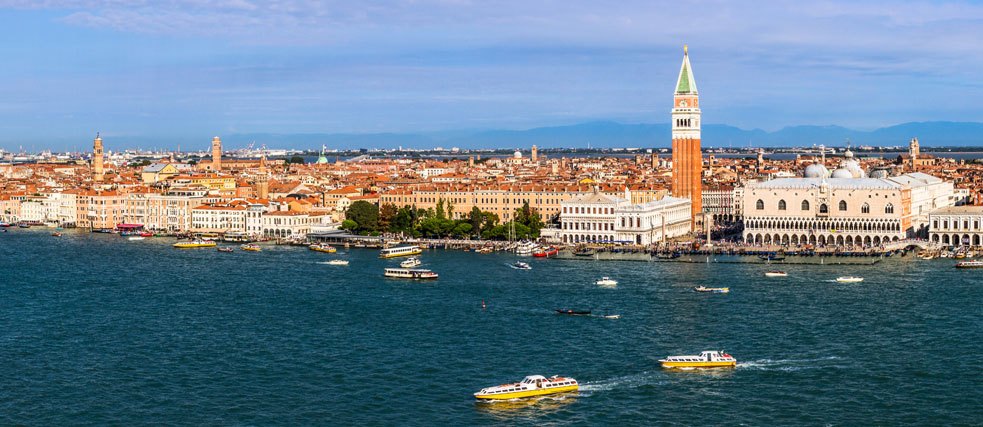
Die an der Lagune gelegene Altstadt von Venedig ist UNESCO-Weltkulturerbe und beliebt bei Besuchern. Doch die Stadt leidet auch unter dem Tourismus. | Foto (Ausschnitt): © Adobe
What is cultural heritage exactly? How does it impact our culture, and why are we invested in preserving it? We answer the most important questions in brief.
What is cultural heritage?
According to UNESCO, in addition to famous buildings like the Wurzburg Residence, less well-known sites, unique natural phenomenon, and cultural traditions and customs are important global assets worthy of protection. So the UN cultural organization lists significant sites that meet specific criteria as “World Cultural Heritage”. This protective status preserves cultural diversity for humanity, while promoting peace and understanding among peoples in the process. Countries or regions can advertise their World Cultural Heritage status to promote tourism. They also commit to preserving the listed cultural asset, so conferring World Cultural Heritage status is also a cultural policy instrument.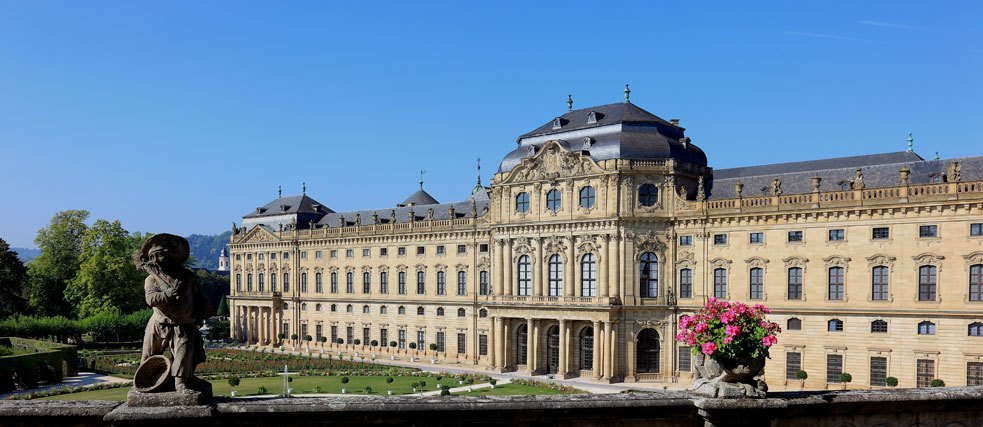 The Wurzburg Residence, a UNESCO World Cultural Heritage site since 1981 | Photo (detail): Karl-Josef Hildenbrand © picture alliance / dpa
The Wurzburg Residence, a UNESCO World Cultural Heritage site since 1981 | Photo (detail): Karl-Josef Hildenbrand © picture alliance / dpa
Who owns cultural heritage?
The term cultural heritage is often used to describe universal cultural assets that belong to the global community, though they may be legally owned by a specific person or group, especially in the case of objects or buildings. The question of ownership can also be a subject of contention. Works from non-European cultures on display in European museums frequently spark debate about legal possession, as has been the case with the bust of Queen Nefertiti at the Neues Museum in Berlin. Legally, the bust belongs to Germany, but Egypt has claimed to be its rightful owner. While an argument can be made that going on display in a Berlin museum raised the bust’s status from just one of many archaeological finds to world cultural heritage, Egypt takes the view that the land of origin should determine the artwork’s ownership.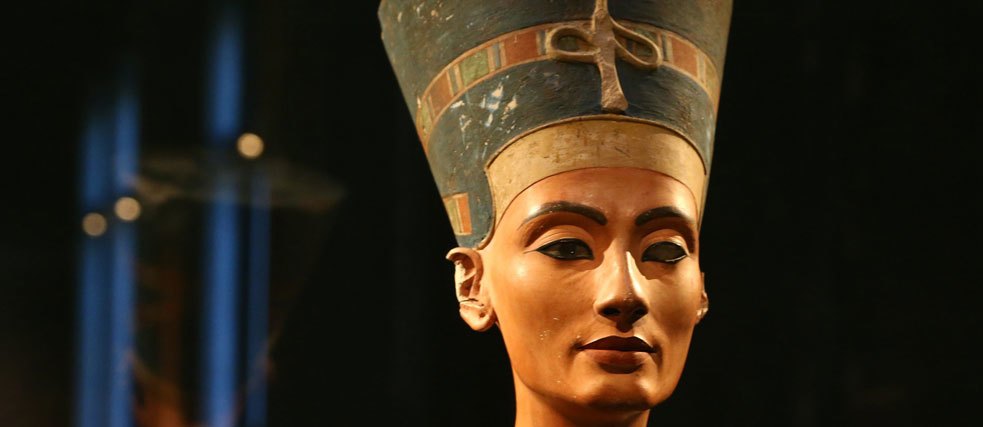 Egypt has challenged Germany’s claim to the bust of Nefertiti on display in Berlin. | Photo (detail): Eventpress Herrmann © picture alliance
Egypt has challenged Germany’s claim to the bust of Nefertiti on display in Berlin. | Photo (detail): Eventpress Herrmann © picture alliance
When and how did the idea of cultural heritage develop?
While the “wonders of the world” were famed in the ancient world, the concept of cultural heritage didn’t develop until the French Revolution when archives and museums were founded to protect works of art deemed essential to France’s national identity. This idea gave birth to the Louvre in Paris, for example, and national museums all around Europe, including the Prado in Madrid and the National Gallery in London. At roughly the same time, another ‘project’ was gaining traction in Europe as states began to recognise the importance of safeguarding national treasures and preserving historical buildings and monuments. In the wake of two world wars, protecting cultural heritage seemed even more essential, and the “Hague Convention for the Protection of Cultural Property in the Event of Armed Conflict” was passed in 1954. Until then historical preservation had taken place on at national level, but the Hague Convention created a supranational authority that could intervene when the ravages of war threatened cultural heritage. The convention stated that the destruction of important cultural assets impacted humanity as a whole and so required international protection. The 1975 World Cultural Heritage Convention took this idea one step further, and the moment it was signed marks the birth of the World Cultural Heritage List.What does cultural heritage do?
Cities and countries can advertise their UNESCO World Cultural Heritage status, as recognised sites tend to attract more tourists. Aside from its marketing value, cultural heritage has a significant historical-cultural impact. UNESCO sites are places both visitors and locals can learn about a culture. Knowing about a locally recognised cultural asset brings residents together and helps them form a shared identity. Such was the case with the Stari Most Bridge in Mostar. Destroyed in the Bosnian War in 1993 and the rebuilt bridge symbolises the region’s diverse cultural, ethnic and religious identity.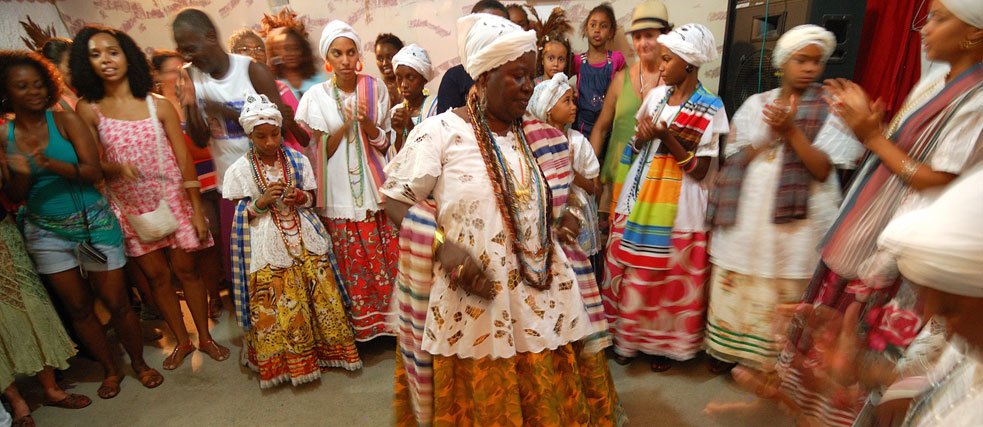 The Brazilian Samba de Roda, a traditional round dance, was added to UNESCO’s intangible cultural heritage list in 2005. | Photo (detail) © Rosino (https://www.flickr.com/photos/rosino/6244051631) / CC BY-SA 2.0 (https://creativecommons.org/licenses/by-sa/2.0/de/)
The Brazilian Samba de Roda, a traditional round dance, was added to UNESCO’s intangible cultural heritage list in 2005. | Photo (detail) © Rosino (https://www.flickr.com/photos/rosino/6244051631) / CC BY-SA 2.0 (https://creativecommons.org/licenses/by-sa/2.0/de/)
What are the potential conflicts around cultural heritage?
Precisely because it has an identity-forming dimension, inclusion on the World Cultural Heritage list also comes with dangers. A site might become a target in a political conflict if one side thinks destroying cultural heritage will damage the other side’s cultural identity – as with the devastation wreaked on the ancient oasis city of Palmyra in Syria. Listing as a World Heritage Site can also provide a political spark, such as the indignation expressed in Israel when Hebron’s historical city centre was declared a Palestinian World Heritage Site. Here it was UNESCO’s recognition of Hebron that became a political issue and not the actual site itself.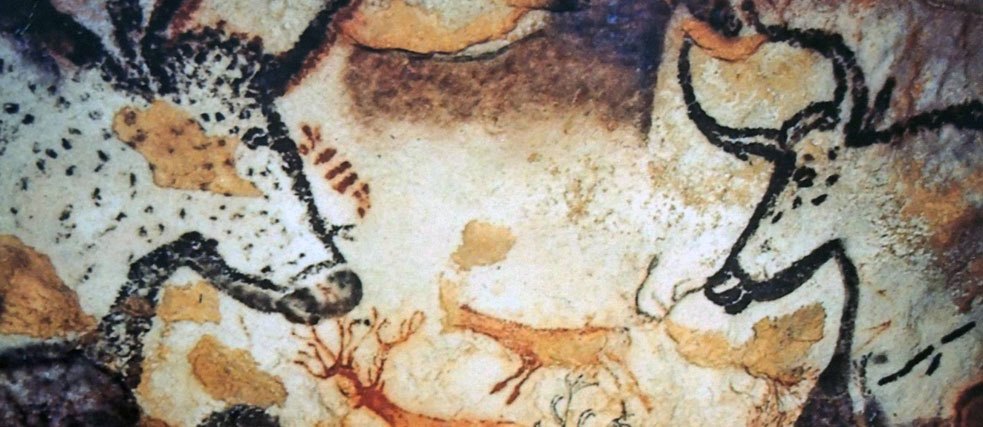 The early Palaeolithic frescos in Lascaux had to be recreated because the huge influx of tourists threatened to destroy them. | Photo (detail): Jean Bernard © picture alliance / Leemage
The early Palaeolithic frescos in Lascaux had to be recreated because the huge influx of tourists threatened to destroy them. | Photo (detail): Jean Bernard © picture alliance / Leemage
Comments
Comment